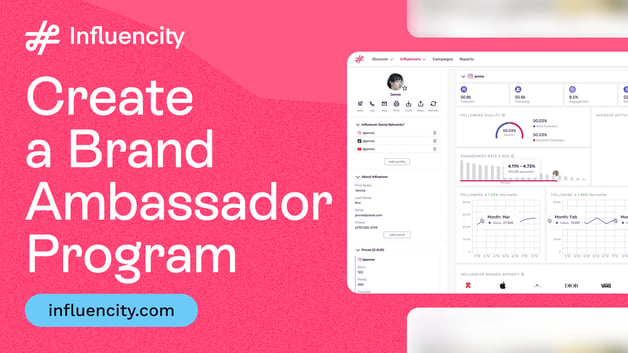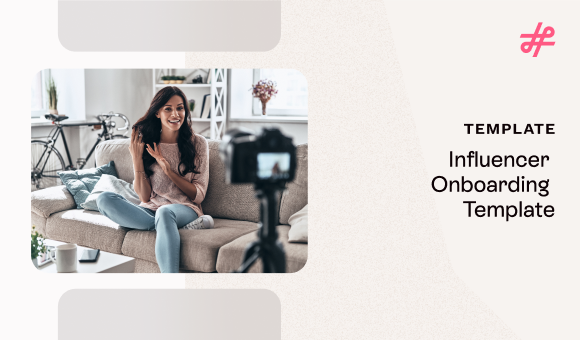Capitalize on the Creator Economy to Redefine Your Brand's Influence in the Market
Traditionally, major fashion shows have had high-profile celebrities like Anna Wintour, Beyoncé, and Sarah Jessica Parker in the front row at events like New York and Paris Fashion Weeks. But with the rise of the creator economy, this dynamic has dramatically shifted.
Now, influencers and content creators are taking center stage. At top fashion weeks worldwide, you'll see influencers like Chiara Ferragni (@chiaraferragni), known for her blog The Blonde Salad, and Aimee Song (@aimeesong), gracing the front row. Their large social media followings and direct audience engagement make them key for real-time marketing and brand exposure.

This shift from celebrities to influencers goes beyond fashion and marks a significant change in the marketplace, highlighting the rising influence of the creator economy across various industries. Today's post explores this powerful shift from traditional celebrity endorsements to influencer-led marketing, showcasing the significant impact creators have in today's market.
Why You Should Read This Post
- Stay ahead of trends: Understand the dynamics of the creator economy and its implications for future marketing strategies.
- Boost engagement: Learn how to leverage influencer partnerships for authentic and impactful consumer engagement.
- Enhance strategy: Download the Influencer Marketing Strategy Planner template to effectively plan and execute your campaigns.
What is the Creator Economy?
Creator economy refers to a burgeoning ecosystem where content creators—ranging from social media influencers to bloggers and videographers—build businesses around their personal brands. This economy includes not only the creators themselves but also the tools and platforms that support their work, such as influencer marketing platforms and monetization software.
According to Goldman and Sachs, the creator economy, a $100 billion industry set to reach half a trillion by 2027, is at the forefront of this revolution. Brands and marketers must adapt to this new era by forming authentic partnerships with influencers who can deliver genuine engagement and results.
Unlike traditional media models, the creator economy allows individuals to reach audiences directly and generate income through various revenue streams, such as sponsorships, merchandise, subscriptions, digital products, etc.
In short, the rise of the creator economy is not just a trend; it’s a fundamental shift in how brands communicate with audiences and build relationships to stay competitive.
Key Components of the Creator Economy
As the creator economy continues to flourish, understanding its key components is essential for both creators and brands. Let's dive into the components driving this innovative ecosystem and see how creators are transforming traditional business models.

Digital Platforms
These include social media platforms like YouTube, Instagram, TikTok, and Twitch, where creators share content and build audiences. For instance, MrBeast, known for his extravagant stunts and philanthropy, has created a multi-million dollar brand on YouTube. His creative content and audience engagement have led to lucrative partnerships and his own line of merchandise and food products.
Other platforms like Patreon and OnlyFans provide subscription-based models for monetization. Creators like Amanda Palmer, a musician who uses Patreon to fund her projects, directly connecting with her fans who support her work through monthly subscriptions.
Creators
These are Individuals who produce content across various niches, including fashion, fitness, technology, gaming, beauty, and more. Creators can range from influencers and vloggers to artists and educators. Think of TikTok star, Addison Rae, who transitioned into acting and music. Rae has capitalized on her popularity with brand endorsements, a makeup line, and a role in Netflix films.
@addisonre Guess who I’m coaching…?! 🪩🕺🕺🎶🍬 tune in to find out!! @Nerds Candy 2.11 #ad
♬ original sound - Addison Rae
Another good example is Zoe Sugg (@Zoella), a British creator, who initially gained fame through her beauty and lifestyle YouTube channel, Zoella. She has since expanded her brand to include a line of beauty products, books, and a lifestyle blog. Zoe's ability to connect with her audience on a personal level has made her a beloved figure in the beauty community.
These examples underscore the versatility and potential of creators in the modern economy, leveraging their unique skills and passions.
Monetization Tools
In the creator economy, there are various methods through which creators earn money. These monetization strategies enable creators to sustain their craft, build their brands, and reach wider audiences. Below, we'll explore some of the most common ways creators make money:
1. Ad Revenue
Many creators earn money through ad revenue, primarily from platforms like YouTube, where they receive a share of the income generated from ads played during their videos.Ryan, the young star of the YouTube channel Ryan's World, earns millions through ad revenue. His channel, which features toy reviews and educational content, is immensely popular with children and parents, generating substantial income from YouTube ads. In past years Ryan earned more than $29.5 million.
2. Brand Partnerships
Creators often collaborate with brands for sponsored content, where they promote products or services to their audience. This method allows creators to earn money while providing value to brands through targeted exposure.
Huda Kattan (@huda), a beauty influencer and entrepreneur, frequently collaborates with major cosmetic brands, such as Sephora. Her partnerships often include promoting new products to her vast social media following, enhancing both her earnings and the brands' visibility.
3. Merchandise Sales
Sometimes, creators launch their own merchandise lines, selling branded clothing, accessories, or products that resonate with their audience. Merchandise sales provide an additional revenue stream and strengthen the creator's brand identity.
Emma Chamberlain, YouTube star, launched her own merchandise line, which includes hoodies, T-shirts, and accessories. Her distinct style and strong connection with her audience have led to successful merchandise sales.
4. Exclusive Content Subscriptions
Platforms like OnlyFans, Patreon, and Substack allow creators to offer exclusive content to subscribers for a fee. This model provides creators with recurring income and fosters a closer connection with their audience.
Lindsay Ellis, a film critic and YouTuber, offers exclusive content on Patreon, including early access to videos and behind-the-scenes updates. Her Patreon community supports her work, providing her with financial stability.
5. Affiliate Marketing
This method allows creators to earn commissions by promoting products and including affiliate links in their content. When their audience makes purchases through these links, creators receive a percentage of the sales.
Brian Kelly, known as The Points Guy, uses affiliate marketing to promote travel credit cards and deals. His expertise in maximizing travel rewards has made him a trusted figure in the travel industry, earning commissions through affiliate partnerships.
6. Workshops and Courses
There are also creators who offer educational content, such as online courses, workshops, or webinars. By leveraging their expertise, creators can monetize their knowledge and provide value to their audience.
Ali Abdaal, a productivity and study expert, offers online courses and workshops on platforms like Skillshare and his website. His educational content helps viewers improve their productivity, earning him substantial income.
Creator Support Platforms
Creator Support Platforms assist content creators in managing their growing businesses efficiently. These platforms provide various features, such as content scheduling, analytics, financial management, and more, allowing creators to focus on what they do best: creating content.
Influencity’s Social Hub Planner is a powerful tool for creators, agencies, and brands alike. It helps users learn about the best times to post, write and schedule posts, and manage content creation collaboratively. Users can vet, approve, or comment on scheduled posts, ensuring transparency in the content creation process.
Additionally, the tool unifies all inboxes and supports link-building efforts, making it an ideal choice for those looking to streamline their social media management tasks.
We know that keeping your influencer marketing campaigns organized and under control is key to achieving success. With so many moving parts, from influencer coordination to content creation and performance tracking, maintaining oversight can be challenging. Using planners or platforms can be incredibly beneficial, allowing you to keep track of everything efficiently and ensuring that your campaign runs smoothly.
Why Should You Care? Understanding the Impact of the Creator Economy
As it should be sufficiently clear by now, the impact of the creator economy is undeniable. Another great example of the impact it has in today's world is the collaboration between YouTube creator Logan Paul and KSI. This partnership made history with their energy drink brand, Prime, which became the first creator-led brand to land a Super Bowl ad spot. This milestone highlights the significant influence and commercial power of creators.
Here are some of the reasons you might consider using influencers and content creators in your campaigns:
- Democratization of content creation: The creator economy has lowered barriers to entry, allowing individuals from diverse backgrounds to share their voices and talents without needing traditional gatekeepers.
- Diversification of media consumption: Audiences have more choices than ever, consuming content from a wide range of creators across platforms and niches, leading to a more personalized media experience.
- Economic opportunities: The creator economy provides income opportunities for millions of people worldwide, from full-time content creators to those pursuing passion projects alongside other careers.
- Cultural Influence: Creators shape cultural trends and conversations, influencing everything from fashion and beauty standards to tech adoption and social issues, making them powerful agents of change.
How Brands Leverage the Creator Economy
Brands are finding innovative ways to collaborate with creators to enhance their marketing strategies and connect with audiences in more meaningful ways. By tapping into the authenticity and influence of content creators, brands can achieve significant business objectives. Here's how brands are leveraging the creator economy:

Authentic Marketing
Brands partner with creators who align with their values and target audiences, ensuring authentic endorsements that resonate with consumers. Authentic marketing is about building trust and credibility, and creators play a pivotal role in achieving this.
For example, Gymshark's collaborations with fitness influencers help the brand reach health-conscious audiences effectively. These influencers, like Nikki Blackketter (@nikkiblackketter) and Steve Cook (@stevecook), promote Gymshark products in their workout videos and social media posts, providing genuine recommendations that resonate with health-conscious audiences. This approach has helped Gymshark build a strong brand image and loyal customer base.
Content Collaboration
Companies collaborate with creators to produce engaging content that highlights their products or services. This can include sponsored videos, social media posts, and creative campaigns.
Nike is a prime example of a brand that has successfully collaborated with athletes and influencers to create powerful marketing campaigns. Partnering with athletes like Serena Williams and influencers like Casey Neistat, helps Nike produce content that showcases its products in action while inspiring viewers with compelling storytelling.
Event Hosting
Brands host events with influencers to increase visibility and create memorable experiences for their audiences. These events are often live-streamed or documented through social media, amplifying their reach and impact.
Major fashion brands like Chanel and Louis Vuitton invite influencers to attend fashion shows, leveraging their social media presence to amplify event coverage. Influencers like Kyle Jenner attend these events, sharing exclusive behind-the-scenes content and fashion insights with their followers, thereby increasing brand exposure and engagement.
Product Development
Companies co-create products with influencers, tapping into their expertise and audience insights. This collaboration results in products that are tailored to the preferences of the creator's audience, increasing the likelihood of success.
Think of Rihanna's makeup brand, Fenty Beauty, is renowned for its inclusive approach to beauty and has successfully collaborated with influencers across diverse backgrounds. Fenty Beauty has gained widespread acclaim and established itself as a leader in the beauty industry.
Practical Tips to Leverage the Creator Economy
Since partnering with influencers and using AI-driven tools can optimize marketing strategies and drive growth, we thought we’d share some actionable steps to leverage on the wealth of opportunities the creator economy offers to engage with audiences in authentic and impactful ways.

1. Find the Right Creators
If you're promoting a new tech gadget, partnering with a tech influencer like Marques Brownlee (@MKBHD) can amplify your reach significantly. Use AI-driven influencer search tools to filter creators by demographics, engagement rates, and niche categories.
Actionable Step: Use platforms like Influencity to identify influencers who align with your brand values and target audience. Start with micro-influencers who offer high engagement rates at a lower cost.
2. Optimize Your Ad Spend
Use AI tools like Google Ads or Facebook Ads to analyze user behavior and preferences, ensuring your ads reach the right audience.
Actionable Step: Implement predictive analytics to allocate your budget more efficiently, maximizing ROI by focusing on high-performing channels.
3. Personalize Your Content
Tools like Clearscope and Surfer SEO can help optimize your content for search engines, ensuring it reaches the right audience.
Actionable Step: Leverage AI-driven insights to create personalized marketing content that resonates with individual preferences and behaviors, increasing engagement and conversion rates.
4. Diversify Your Income Streams
Influencers like Andrew Rea of Binging with Babish (@babishculinaryuniverse) have diversified their income by publishing cookbooks and developing product lines, among other actions.
Actionable Step: Encourage creators to develop multiple revenue streams, such as courses, merchandise, or exclusive content. This increases their income and also enhances their partnership value.
5. Embrace Niche Communities
Platforms like Mastodon and Discord facilitate group chats around niche topics, allowing creators to build highly engaged communities.
Actionable Step: Focus on niche markets by partnering with influencers who have a dedicated following in specific areas. This approach can yield higher engagement and more loyal customers.
Final Thoughts
As we´ve seen, the creator economy represents a significant shift in how content is produced, consumed, and monetized. It empowers individuals to build businesses around their passions and connect with global audiences.
For brands, understanding and engaging with this economy opens new avenues for marketing, innovation, and growth. Whether through strategic partnerships, authentic content, or community engagement, leveraging the creator economy can drive meaningful impact and success.
Tags:
Cam Khaski Graglia
Cam Khaski Graglia is the Content Manager at Influencity, where she blends creativity, strategy, and storytelling to craft impactful content. A passionate researcher and lifelong book lover, she thrives on exploring new narratives and shaping engaging brand messaging. Beyond content strategies, briefs, and articles,...













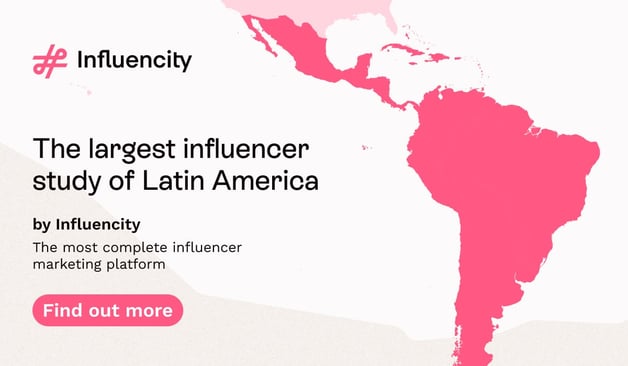


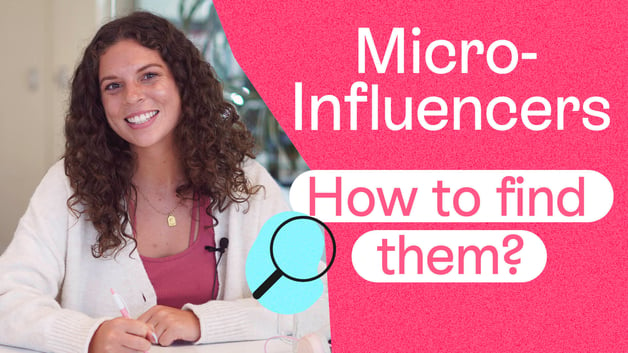


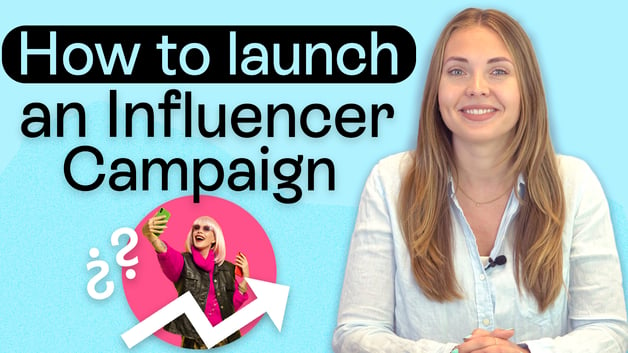



%20and%20How%20Can%20They%20Benefit%20Your%20Brand%20article.jpg?length=628&name=What%20Are%20Key%20Opinion%20Leaders%20(KOL)%20and%20How%20Can%20They%20Benefit%20Your%20Brand%20article.jpg)

